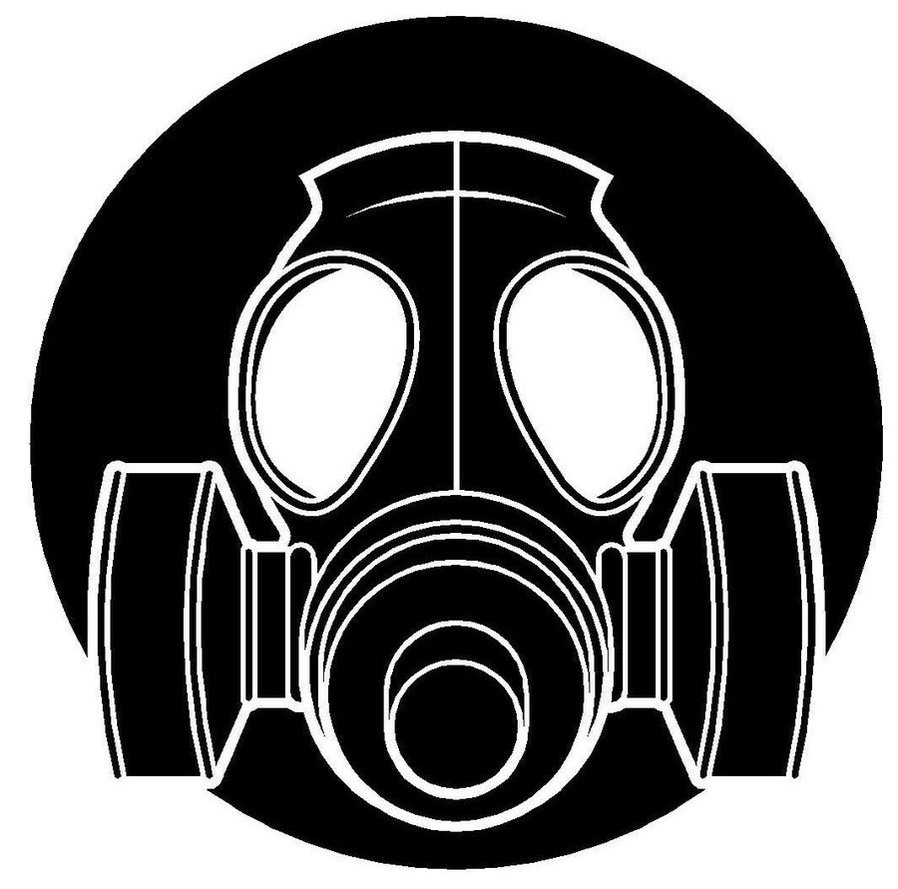
Each of these changes occurred with an eye toward keeping civilians like firemen, rescue divers and miners safe in the workplace.

Charcoal was added to purify the incoming air, a respirator system was invented, and the masks were made increasingly lighter and more effective in their fit. Over the next hundred years, these early masks would go through a series of improvements. In ancient Greece, sponges were used as a form of protection during the plagues of the 17th and 18th centuries, doctors donned beak-like masks filled with sweet-smelling herbs and spices, which they thought would protect them from both contagion and foul odors.īut the more modern ancestor of what we today know as the gas mask began appearing around the turn of the 19th century when protective gear was first invented for miners. Throughout history, certain workers have braved the dangers of smoke and noxious gasses while on the job. Today, we mostly think of gas masks as a defense against the threat of chemical warfare, but the invention has its roots in a more functional-though no less harrowing-place. government decided to use children as gas mask guinea pigs. Except, that is, for that time in the 1960s when the U.S. During both World Wars and the Cold War, they created school drills and new mask designs that tried to make the experience less frightening and more protective for the little ones.

Wwi gas mask logo how to#
Gas masks have been on the front lines of this effort.ĭuring the 20th century, authorities were particularly concerned with how to protect the youngest generation from the sins of their fathers.

Since chemical warfare exploded on the scene with lethal and terrifying force at the Second Battle of Ypres during WWI, nations have been attempting to create defenses for both soldiers and civilians against weapons that are largely invisible and indiscriminately deadly. History Flashback takes a look at historical “found footage” of all kinds-newsreels, instructional films, even cartoons-to give us a glimpse into how much things have changed, and how much has remained the same.


 0 kommentar(er)
0 kommentar(er)
